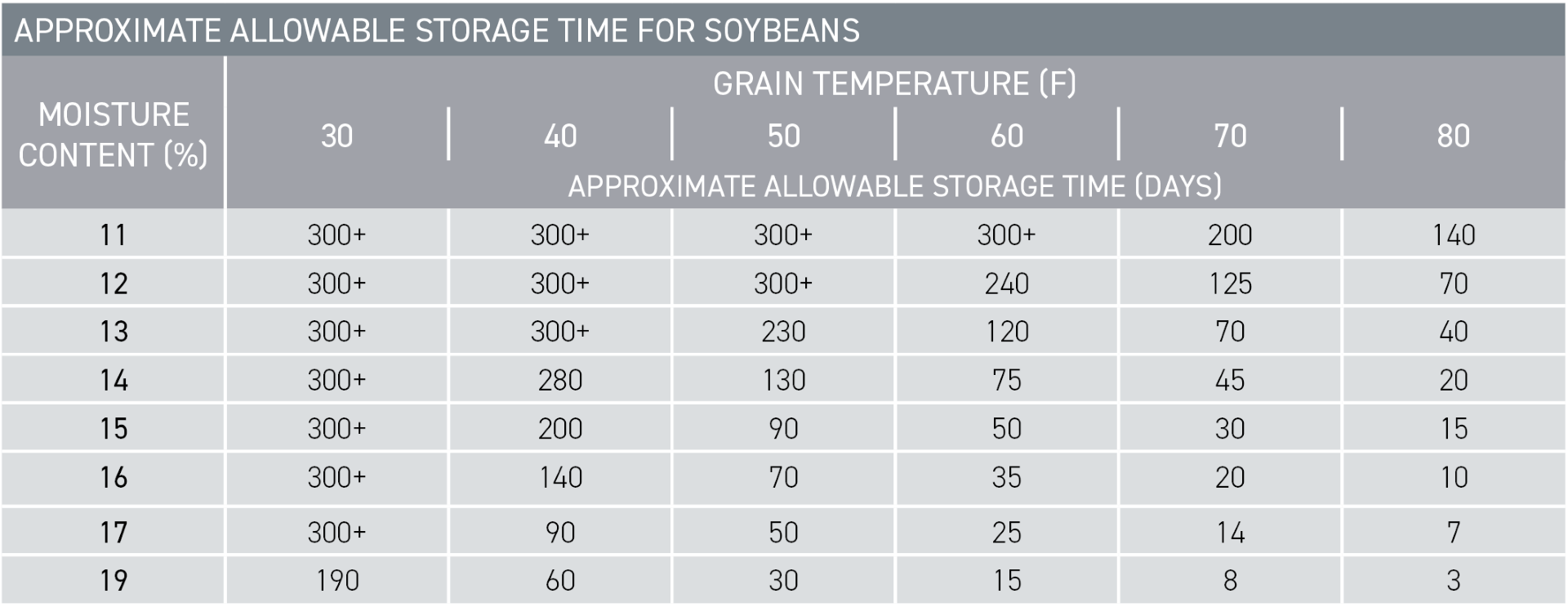This website uses cookies so that we can provide you with the best user experience possible. Cookie information is stored in your browser and performs functions such as recognising you when you return to our website and helping our team to understand which sections of the website you find most interesting and useful.
SEASONAL CARGOES: BRAZILIAN SOYBEAN, WHEAT AND FERTILISER
Published: 15 March 2024
In the upcoming months, shipowners and masters are reminded of the anticipated surge in seaborne trade volumes, attributed to the seasonality of Brazilian soybean, wheat and fertiliser. This article aims to shed light on the expected increase in shipping activities and directs shipowners and masters to informative articles previously published by the Club, offering insights into the issues and precautions required for the carriage of these specific cargoes.
BRAZILIAN SOYABEAN
The Brazilian soyabean harvest season began in December 2023 and can last until May this year (2024), with the peak of the harvest occurring in March.
As a key player in the global soyabean market, Brazil experiences significant cargo movements during this period (March to May), exporting a large portion of its soyabean crop to meet global demand. China is the largest importer and there have been a number of cargo damage claims in China for soyabeans loaded from Brazil in the past.
One of the issues with these soyabean claims is the difference in product standards for soyabeans between Brazil and China, with Chinese standards being stricter. The risk of deterioration for Brazilian soyabeans is high, given the current Brazilian standards of a maximum moisture content is 14% and the long 40-day voyage from Brazil to China.
NDSU APPROXIMATE ALLOWABLE STORAGE TIME FOR SOYBEANS

- Airflow through the soybeans permits maintaining the grain temperature but does not extend the allowable storage time beyond that listed in the table.
- Allowable storage time is cumulative. If 16 percent moisture soybeans were stored for 35 days at 50 degrees, one-half of the storage life has been used. If soybeans are cooled to 40 degrees, the allowable storage time at 40 degrees is only 70 days.
SOURCE: NORTH DAKOTA STATE UNIVERSITY (NDSU)
WHEAT
Major wheat producers such as Australia and Argentina harvest from November to January in the Southern Hemisphere, while the Northern Hemisphere initiates its harvest in July. This staggered timing establishes distinct global market dynamics.
Australia, the primary wheat exporter to China and Indonesia, the largest importers, may experience a surge in seaborne wheat imports from March to May.
FERTILISER
Fertilisers are hygroscopic cargo, with wetting damage being a frequent issue and the seaborne fertiliser trade is forecasted to increase in the coming years. The largest importers are Brazil, India, and the USA, with Russia, China, and Canada being the biggest exporters.
In the United States, the major planting seasons occur in the spring (April-May) for crops like corn and soyabeans.
In India, the Kharif planting season begins with the onset of the monsoon in June. Importers tend to stockpile fertilisers in the months leading up to these planting periods to ensure an adequate supply, potentially increasing the demand for seaborne transport.
In Brazil, fertiliser imports tend to rise following the soyabean harvest, as the planting of the corn crop for the next agricultural cycle starts as soon as the soyabean harvest concludes.
DOWNLOAD PDF
Download the full PDF which accompanies this article.
FURTHER INFORMATION
You can find more information on issues and precautions required for carriage of soya bean and wheat cargoes here. Furthermore, please be guided by the Clubs guidance on ventilation log, heat damage and fumigation.
Please find the Club’s guidelines on hatch cover maintenance. The Club has also published a case study on an incident caused by the chemical reaction of fertiliser, as well as on the potential hazard Ammonium nitrate based fertilizer (non-hazardous ) cargo.
For further information, please do not hesitate to email lossprevention@tindallriley.com.

 English
English